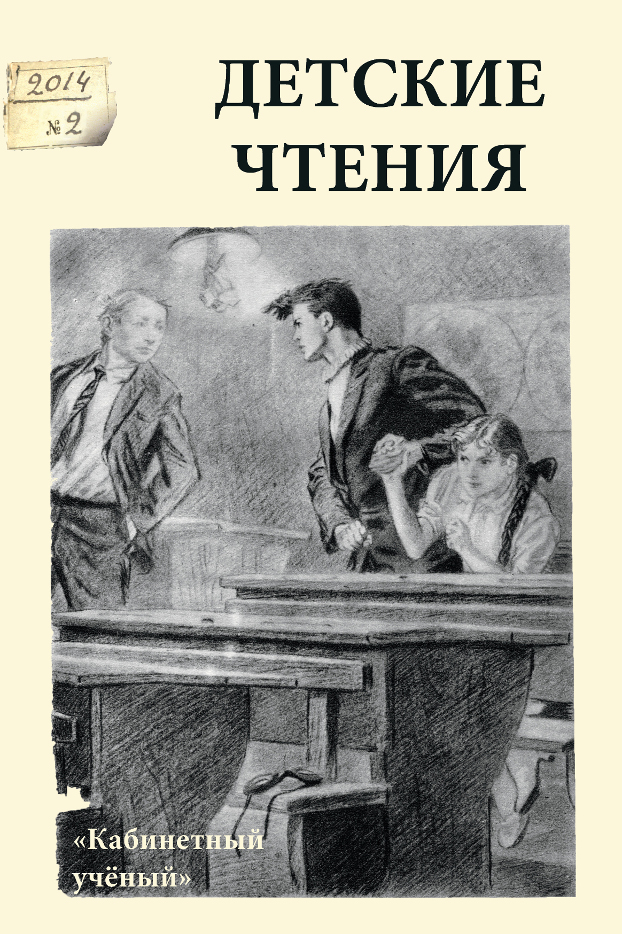Conflict vs. Laughter: The Greatest Authorial Battle in Croatian Children’s Literature
Аннотация
This article will discuss conflict as a source of humor in the young adult novel Love or Death (1987) by Croatia’s legendary author Ivan Kušan. In 1956 the first novel in the Koko series, The Mystery of Green Hill, was one of the publications that marked the beginning of Croatian modern children’s literature. After the adventures in novels such as Koko and the Ghosts (1958) and The Mystery of the Stolen Painting (1972),
in 1982 the character of Koko appears during the rebellion of various Kušan’s characters in Terrible Cowboy (1982) and offers Kušan his own manuscript for revision, titled Love or Death. Raising the issue of authorship, authority, and truth characteristic of metafictional practices, Love or Death is a novel in which the main protagonist Ratko Milić Koko assumes ownership of the narrative, whereas Kušan as the author is
“demoted“ to the role of a “proofreader”, commenting, correcting, and doodling with a red pen in the margins of Koko’s text. Essentially, Love or Death retains the legacy of modernity and its markings in the context of Croatian writing for children, yet, the novel also contains visual deviations, wordplay, playfulness, irony, cross-genre writing, a parody of literary “classics,“hyperbolizing, intertextuality, trivializing, character/authorial intrusion, mass media synchronicity, and dissolution of language in its standard form, characteristic of postmodern literary practices [Hranjec 2001]. Because of the authorial conflict, the novel is strongly intergenerational, placing the main protagonist on the threshold of adolescence, and its humour resulting from the power struggle between the authors of different age and their respective discourse. Therefore, Kušan’s prose delves into both direct and indirect types of humor arising from the generational gap, peer relations, and issues of vulnerability. Furthermore, the author-against-“author” conflict undeniably highlights Kušan’s status as the “father of modern children’s detective novel” and the “master of Croatian language” (Stamać). Finally, as a surreal authorial battlefield, Love or Death paradoxically transcends generations, genres, and national borders, as well as reconciles various aspects of writings for children pertaining to their target audience, modernity, and narrative structure, which is why it is a unique example of children’s and young adult metafiction in Croatia and worldwide.
Keywords: conflict, humour, metafiction, intertextuality, word-play, irony, intergenerational conflict, interpersonal conflict, peer-group relations, vulnerability







